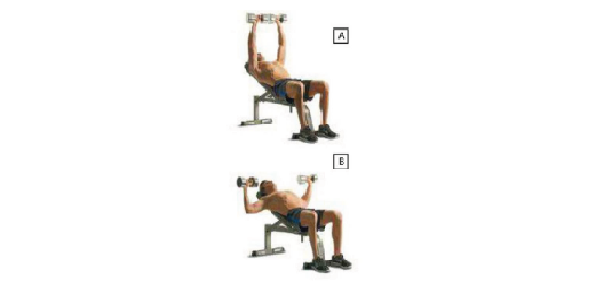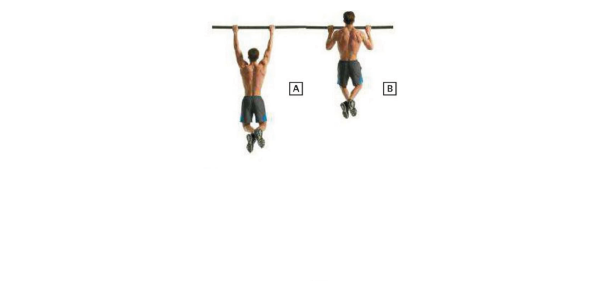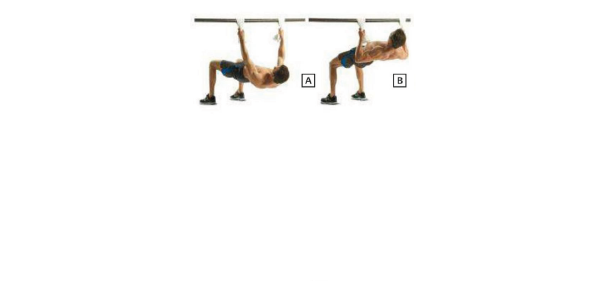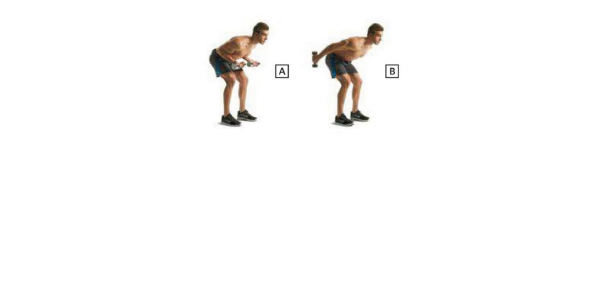
Women, who are significantly more likely to suffer
bone loss, weakness, and
fractures later in life, need
weight training even more than men. For women, osteoporosis should be the scariest word in the English language. This debilitating condition, in which bone becomes less dense and therefore more fragile, afflicts 25 million Americans, 80percent of them women.
Osteoporosis is serious bone loss that comes with age, inactivity, and calcium depletion.
Beginning at about age 35, an adult woman can lose 1 percent of her
bone mass every year, which translates to 5 to 7 pounds per decade. During and after menopause, a woman's
muscle loss speeds up. Miriam Nelson, a physiologist at Tufts University, studied 40 postmenopausal women. The women in the control group who did not exercise lost 2 percent of their
bone mass in a year. Those who
weight-trained regained 1 percent of previously lost bone mass.
Between the ages of 35 and 55, the
bone density of a woman who does not counteract this syndrome will be diminished by roughly 20 percent.
Because unchecked bone loss accelerates after menopause, by age 75, this same woman will have lost 50 percent of her
bone mass, becoming frail, hunched-over, and injuryprone. No wonder many old ladies are frail and ultimately incapacitated. Isn't this reason enough for
every woman to weight-train?
As important as
strength training is for women—both for present activities and for future
health—some women shy away from it because they are afraid of developing big, bulging muscles. Not to worry. Most women are genetically programmed to build long,
lean muscles rather than round, bulky ones. Women who begin s
trength training replace fat with lean muscle. As you
workout, you actually will find that you become more toned and slimmer from strength training, even if the number on the scale doesn't drop.


















